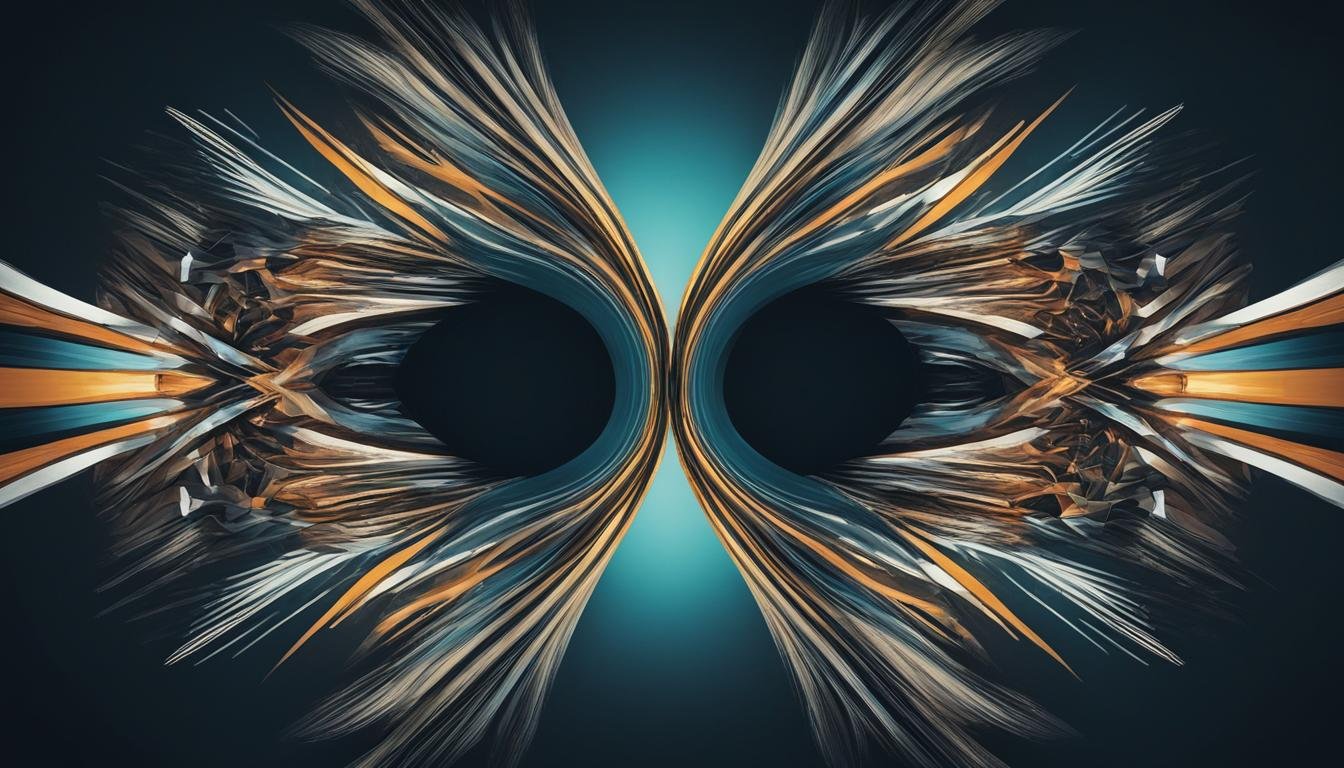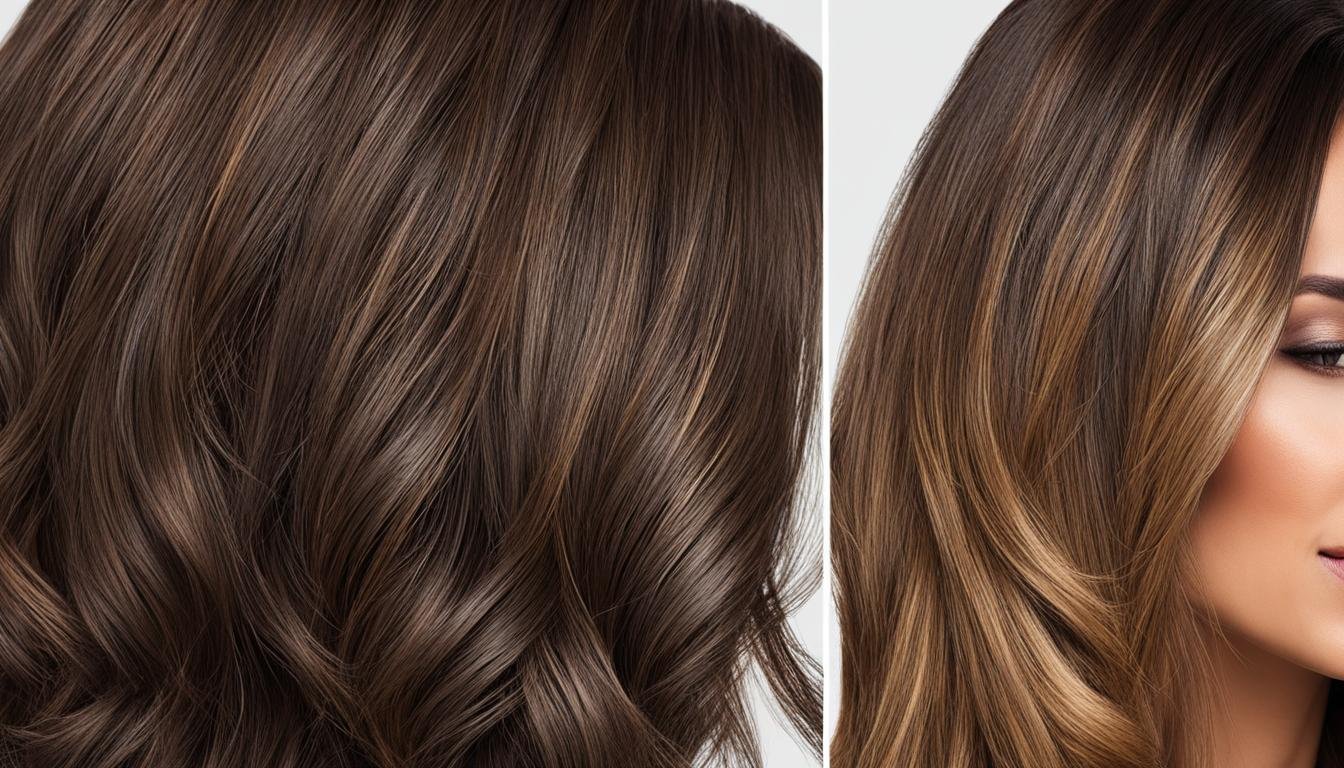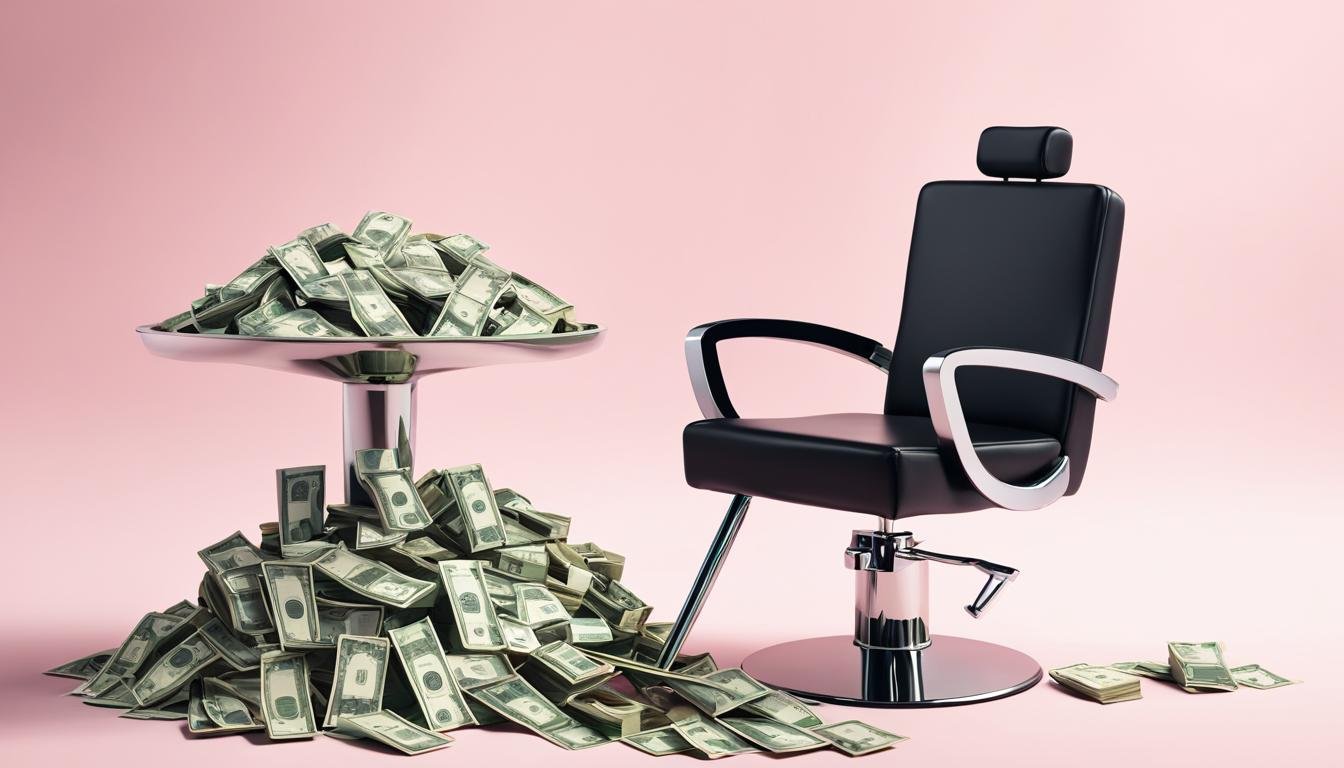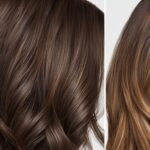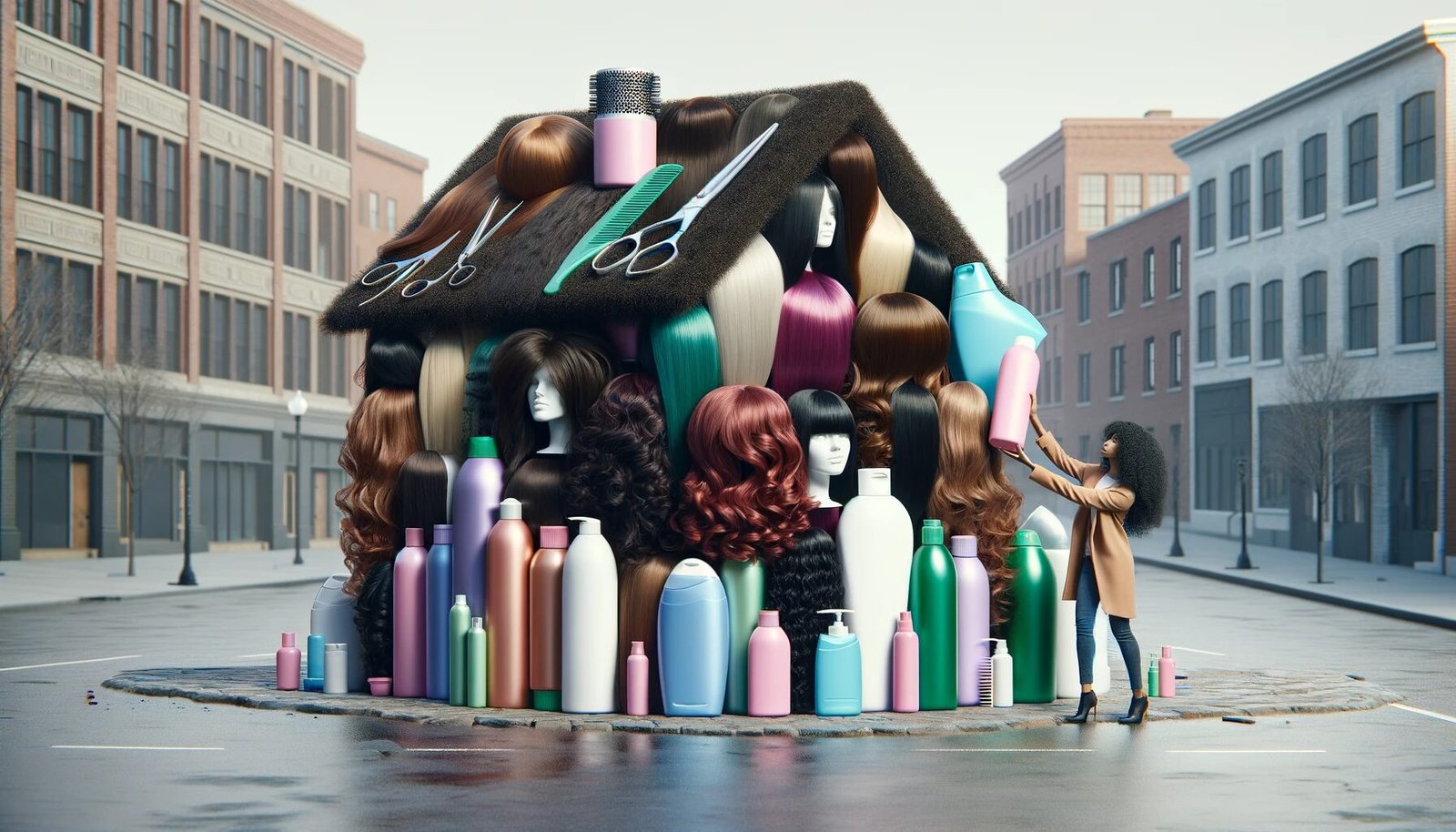Color balance hair is the process of restoring even tone and harmony to your hair color, achieving a vibrant and balanced look. It involves correcting any unevenness or fading that may have occurred due to factors such as sun exposure, chlorine in the water, or minerals in your hair products. By applying a background foundation color from the mid-length to the ends of the hair strands, color balance helps to restore the overall balance and vibrancy of the hair color.
To enhance the dimension and depth of the color, highlights can also be added during the color balancing process. This technique creates a visually appealing and natural-looking result. With color balance hair, you can achieve a stunning and harmonious hair color that complements your overall appearance.
Whether you want to correct unevenness or simply refresh your hair color, color balance hair is a popular choice among individuals who value a polished and well-maintained look. By opting for color balance, you can bring back the vibrancy and vitality to your hair, ensuring that it looks its best at all times.
Techniques for Hair Color Balancing
When it comes to achieving hair color balance, there are various techniques and tips that can help you achieve your desired result. Whether you’re looking to remove unwanted tones, brighten highlights, deepen lowlights, or balance the overall color from roots to ends, these techniques can transform your hair into a stunning masterpiece.
One common technique used by hairstylists is the application of color toners, glazes, or glosses. These products are designed to neutralize any unwanted tones and enhance the vibrancy of your hair color. They can be applied immediately after coloring or in between colorings to maintain a fresh and balanced look.
When using a color toner, glaze, or gloss, it’s important to apply it to dry hair and leave it to process according to the product instructions. This allows the product to effectively work its magic and deliver optimal results. After the processing time, rinse the hair thoroughly and follow up with your regular styling routine.
Additionally, using color-safe products is crucial to maintain the color balance and prolong the life of your hair color. Look for shampoos, conditioners, and styling products that are specifically formulated to protect and nourish colored hair. Avoid sulfates, as they can strip the color and lead to fading.
The Hair Color Balancing Process
The hair color balancing process typically involves applying a background foundation color from the mid-length to the ends of the hair strands. This technique helps restore the overall balance and vibrancy of the hair color, creating a harmonious and stunning look. Highlights can also be strategically added to enhance the dimension and depth of the color, further contributing to the overall balance.
“By using color toners, glazes, or glosses, hairstylists can remove unwanted tones, brighten highlights, deepen lowlights, or balance the overall color from roots to ends, resulting in a beautifully balanced and vibrant hair color.”
To maintain the color balance and ensure long-lasting results, it’s recommended to schedule regular touch-ups every four to six weeks. This allows for the timely correction of any fading or regrowth, ensuring that your hair color remains seamless and balanced. Consistency is key, so be sure to see the same stylist for your touch-ups to maintain the desired color outcome.
Now that you’re equipped with these hair color balancing techniques and tips, you can confidently embark on your journey towards achieving stunning, balanced hair color. Remember to invest in quality color-safe products, schedule regular touch-ups, and embrace the transformative power of color toners, glazes, and glosses.
Importance of Root Touch Ups
Root touch-ups are an essential part of maintaining color balance in your hair. As your hair grows, the roots start to appear, undermining the overall harmony of your colored hair. By addressing this regrowth, you can ensure a seamless and balanced look, preserving the vibrancy and consistency of your hair color.
Typically, root regrowth becomes noticeable within two to three weeks after a color service. The frequency of touch-ups will depend on the contrast between your dyed hair and natural color. To avoid harsh contrasts that can be visually unappealing, especially for those with lightened hair, most people opt to schedule root touch-ups every four to six weeks.
During a root touch-up, not only are the roots addressed, but the ends of the hair are also refreshed. This process helps to maintain the overall color vibrancy and ensures an even distribution of pigments throughout the hair.
Properly maintaining color balance through regular root touch-ups is essential for preserving the overall integrity of your hair color. By staying on top of touch-ups and refreshing the color as needed, you can enjoy a seamless and natural-looking result that truly showcases your hair’s beauty.
Difference Between Glazes/Glosses and Color Balance
Glazes and glosses are both hair treatments that add shine to the hair, but they have some differences. Glazes are often clear and primarily add shine, while glosses can have pigments that complement the hair color. Glazes and glosses do not contain peroxide or ammonia and sit on top of the hair without permanently depositing or lifting color. On the other hand, color balance involves replenishing the previously colored treated hair with pigments to restore richness, luminosity, and vibrancy. Both glazes/glosses and color balance services provide added conditioning and shine to the hair.
Glazes vs. Glosses
Glazes and glosses are similar in the sense that they both enhance the shine of the hair. However, they differ when it comes to the presence of pigments. Glazes are typically clear and transparent, focusing mainly on adding shine and enhancing the existing hair color. Glosses, on the other hand, can have pigments that complement the hair color, offering a subtle tint or enhancing the depth and richness of the existing color.
Color Balance
Color balance, on the other hand, is a technique used to restore harmony and vibrancy to previously colored hair. Unlike glazes and glosses, color balance involves applying pigmented products to the hair to replenish and even out the color. This process helps to restore the desired shade, luminosity, and dimension to the hair, creating a balanced and harmonious look.
Maintenance and Care for Color Balanced Hair
Proper maintenance and care are essential for maintaining color balance in your hair. After toning or coloring, it is important to use color-safe shampoos, conditioners, and styling products to preserve the color. Avoid using products that contain sulfates, as they can strip the color from the hair.
Additionally, using heat-safe products when using heat tools can help prevent premature fading. Excessive heat can weaken the hair and cause the color to fade faster. It is also recommended to use a heat protectant spray before styling with heat tools.
Regular touch-ups every four to six weeks are crucial to maintaining the color balance and overall vibrancy of the hair. As the hair grows, the roots become more apparent, disrupting the balance between the colored hair and natural roots. Touch-ups help maintain a seamless and balanced look. It is also important to see the same stylist for touch-ups to ensure consistency in color and technique.
By following these maintenance and care tips, you can extend the life of your color balance hair and keep it looking vibrant and fresh for longer periods of time.

